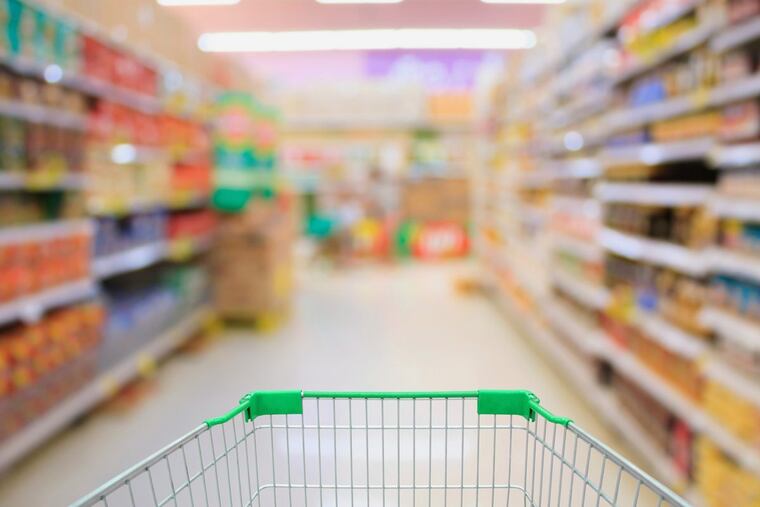Healthy foods are too expensive. Here's how we can close the price gap.
What good is a brand-new supermarket in your neighborhood if you can only afford the junk food that is sold there?

There has been a lot of focus in recent years on food deserts and the importance of having access to fruits, vegetables and other healthy foods. But what good is a brand-new supermarket in your neighborhood if you can only afford the junk food that is sold there?
Although improving access to healthy food remains important, much less consideration has been paid to its cost and what that means for your health once it's actually available.
I decided to examine this phenomenon by first comparing supermarket prices of healthier perishable foods with unhealthy pre-packaged foods. What I found was that, on average, healthier perishable foods were nearly twice as expensive as unhealthy pre-packaged foods. When examining serving size, healthier items came in at 60 cents, on average, compared to 31 cents for unhealthy items, almost twice as much.
Next, I looked at what happened in cities all across the U.S. when the price gap between healthy and unhealthy food widened. When it did, I found that people were less likely to have a healthy diet – one well-balanced with fruits, veggies, whole grains, low-fat milk and lean protein – and somewhat more likely to have insulin resistance – a precursor to diabetes.
For every 14 percent increase in the price of healthy food relative to unhealthy food (the standard deviation in this study), the odds of having a healthy diet dropped by 24 percent and the level of insulin resistance rose by almost 5 percent.
Interestingly, the impact of increasing healthy food prices was particularly strong for "middle class" consumers. This seems counter-intuitive at first — why wouldn't the effect be strongest for the poorest folks?
But since the price gap was so large —healthier food was two times as expensive — it's possible that it remains too expensive for disadvantaged people even at its most affordable. In fact, at the supermarkets where healthy foods were closest in price to unhealthy foods, they were still 50 percent more expensive.
These results highlight the need to make healthy foods affordable, particularly compared to unhealthy alternatives. This year, Philadelphia implemented a soda tax that was met with a mix of support and opposition, but findings from my study support the tax as having a potential positive impact on public health.
But taxing sugary drinks isn't enough. We should also be looking at ways to make fresh fruits, vegetables and other healthy foods more affordable in our neighborhoods through subsidies, vouchers, and other means.
Measures like that can help combat our deeply ingrained love of junk food. We're fighting against heavy advertising from the junk food industry and the convenience that unhealthy, "fast" foods provide. Making price considerations a part of our multi-faceted approach to improve consumers' diets appears to be an effective weapon in our arsenal.
Until we seriously consider price's influence on our diets, a new supermarket selling expensive fruits and vegetables may only turn a food desert into a food mirage — nutritious foods are nearby, but they might as well be a hallucination for those most in need.
Dave Kern is an adjunct professor of Epidemiology and Biostatistics at Drexel's Dornsife School of Public Health.